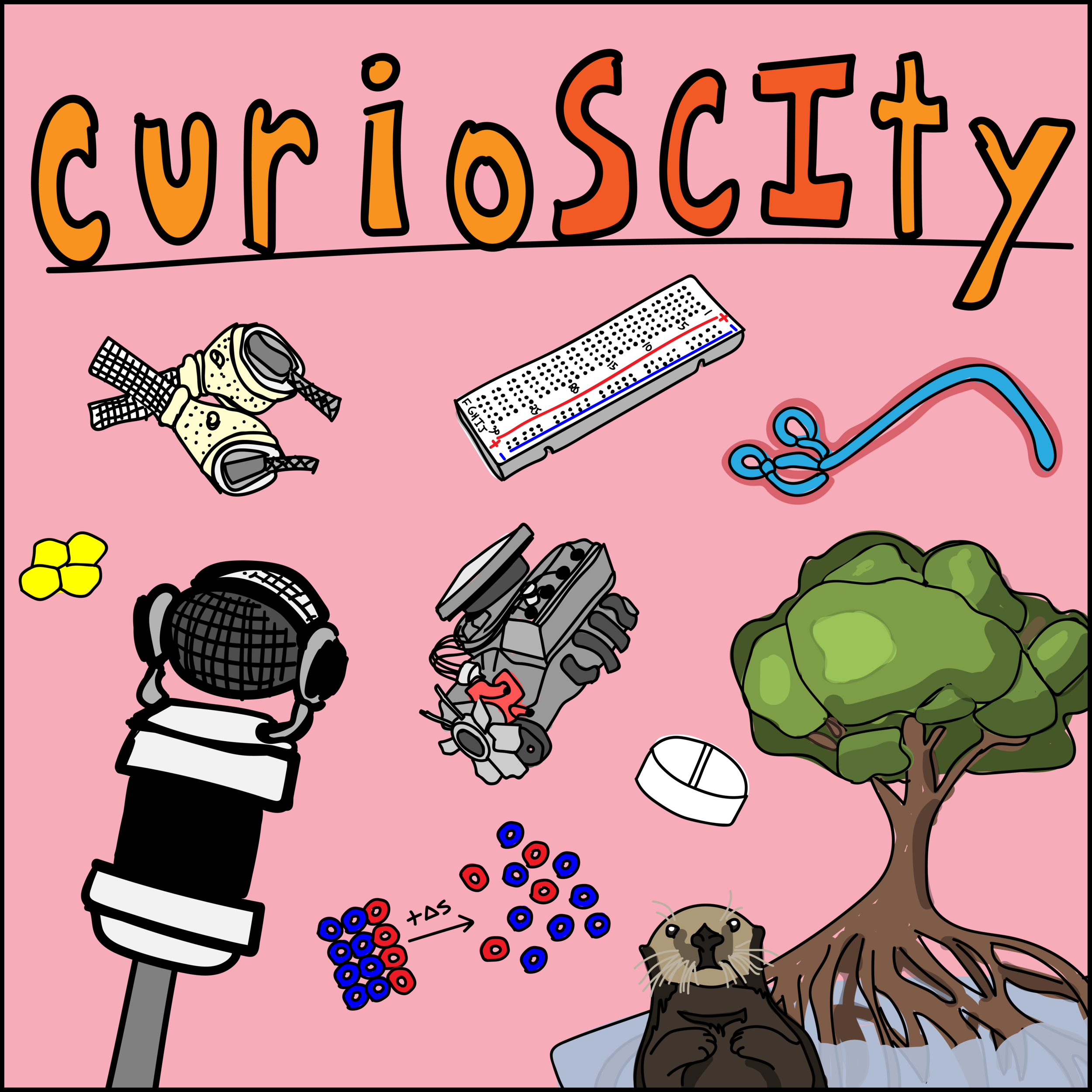105 - Tumor Suppressor Genes (w/ Pat Faughnan!)
105. Tumor Suppressor Genes
In 2020, approximately 1.8 million people will be diagnosed with cancer in the United States alone. The disease is so infamous that some scientists say that merely uttering its name leads to a better chance of grant funding, and so challenging to treat that it has become commonplace to embolden new generations of scientists by saying they will “cure cancer”. Today, we will discuss some of the introductory themes of cancer. Let’s learn to be scientifically conversational.
General Learning Concepts
1) Discussion questions:
a. Brief overview: what is cancer?
b. Genes that are associated with cancer
i. p53
1. What is p53? A protein, lipid, DNA, carbohydrate?
2. What is a tumor suppressor gene? How does it function? How is it different than an oncogene? What would make a tumor suppressor gene non-functional?
3. Side note: Why would DNA damage occur in the first place?
4. Why does regulation of a
5. Can someone be born with only a single copy of p53?
ii. BRCA1/2
1. What are BRCA1/2? Are they related?
2. Why is BRCA often associated with breast cancer? What about ovarian cancer?
3. What is the BRCA1-associated genome surveillance complex (BASC)?
iii. Rb
1. What is retinoblastoma protein?
2. If Rb is responsible for stopping a cell from undergoing its typical growth, how does the cell continue to divide? That is, what is pRb?


